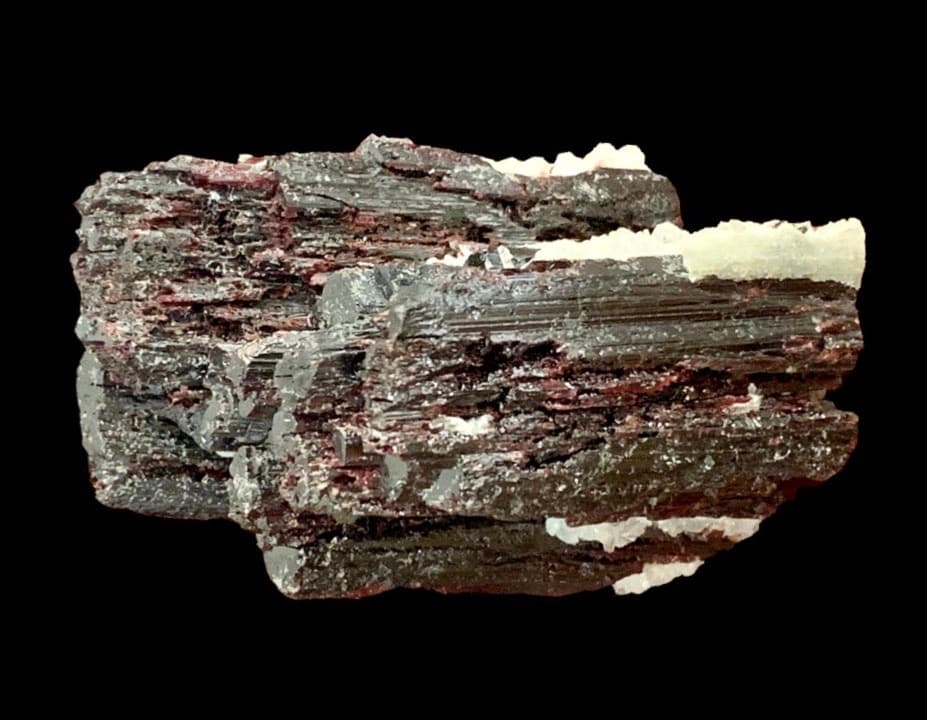Oxide minerals are noted for containing metallic alloys or elements. The unique properties and composition of oxides make minerals in the group highly prized among collectors.
Oxides are compounds that contain at least one oxygen atom bonded to another element. Thus, minerals are classified into the oxide category if they have a structure containing oxygen and at least one other metallic element. As a result, the structure of oxide minerals is dominated by metallic atoms present in between larger oxygen atoms. Structures of individual Oxide compounds vary but always have the aforementioned properties (note that minerals with more intricate anions, such as quartz, are grouped in separate classes for classification purposes). The structure of Cuprite, a copper oxide, is shown below:
 A model of Copper(I) Oxide or Cuprite
A model of Copper(I) Oxide or Cuprite
Oxides vary widely in properties but often have a distinctly high specific gravity and hardness due to their content of the metal. Many oxide minerals are noted for a metallic, brass-like luster desirable among collectors. However, some minerals in the class exhibit gem-like clarity and luster desired by both collectors and gemstone connoisseurs alike.
Oxide minerals also have chief economic importance and comprise parts of rock and ore mined for metals. In particular, zinc, iron, titanium, and manganese are metals with the most economic significance found in oxide zones.
Notable examples of oxides include Cuprite, Goethite, Hematite, Rutile, Spinel, and Zincite.
Examples
 Cuprite from Milpillas Mine, Sonora, Mexico
Cuprite from Milpillas Mine, Sonora, Mexico
Simple Oxides
Oxides that contain Oxygen and one other metal.
-
Cuprite
-
Zincite
-
Hematite group
-
Corundum
-
Hematite
-
-
Rutile group
-
Rutile
-
Pyrolusite
-
Cassiterite
-
-
Uraninite
Complex Oxides
Oxides which contain Oxygen and multiple other metals
-
Spinel group
-
Franklinite
-
Magnetite
-
Spinel
-
-
Brucite
-
Manganite
-
Geothite
References
Mungall, J.E. “Mining Geology | Magmatic Ores.” Encyclopedia of Geology, by Richard C. Selley et al., Elsevier, 2005, pp. 637–645.
Post, Jeffrey E. “Manganese Oxide Minerals: Crystal Structures and Economic and Environmental Significance.” PNAS, National Academy of Sciences, 30 Mar. 1999, www.pnas.org/content/96/7/3447 ↗.
